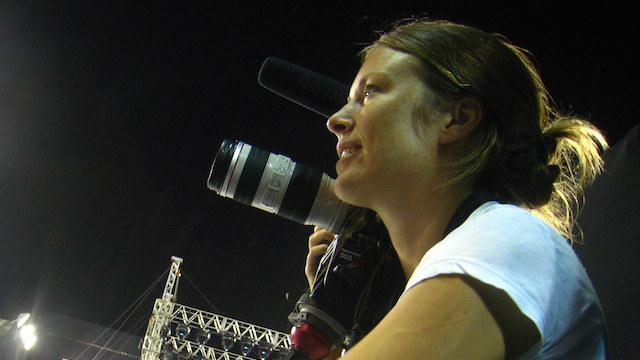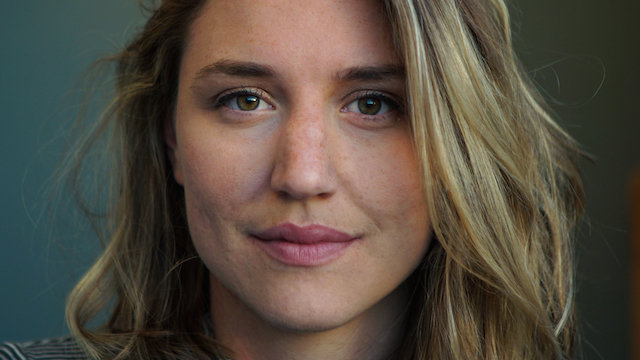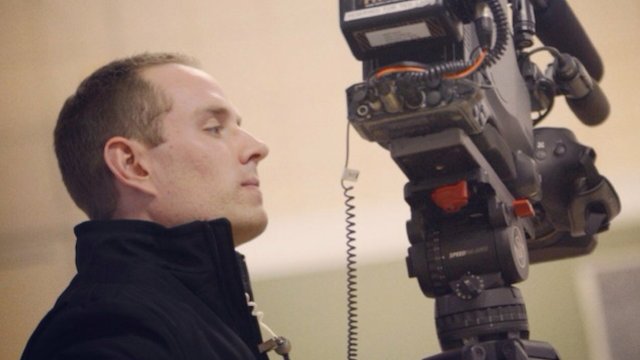Podcast: Play in new window | Download
Subscribe: RSS
Most of my guests on this podcast are in local news, because most of my audience are reporters, photojournalists, and solo video journalists in local news.
But I was reminded again watching the winners of this year’s National Edward R. Murrow awards about the fascinating, compelling work on the digital front.
How does that work come about? Perhaps it comes from a side of the industry that had to re-examine its definitions of storytelling. It’s so important to see how the standards have evolved for audiences who don’t distinguish between the types of content they receive.
Solana Pyne is setting those standards. Her work with the Quartz video team employs many of the tactics that traditional storytellers embrace, but she doesn’t stop there. Her team produces work that bends boundaries but brings journalistic chops. Last month, their joint production with Retro Report about the future of gaming – received a National Murrow award.
Pyne is my guest on Episode #73 of the Telling the Story podcast.
“It’s easy to presume your audience will be with you,” said Pyne, among other great words of advice, “so being forced to figure out how to capture people’s attentions really quickly is a good thing.”





